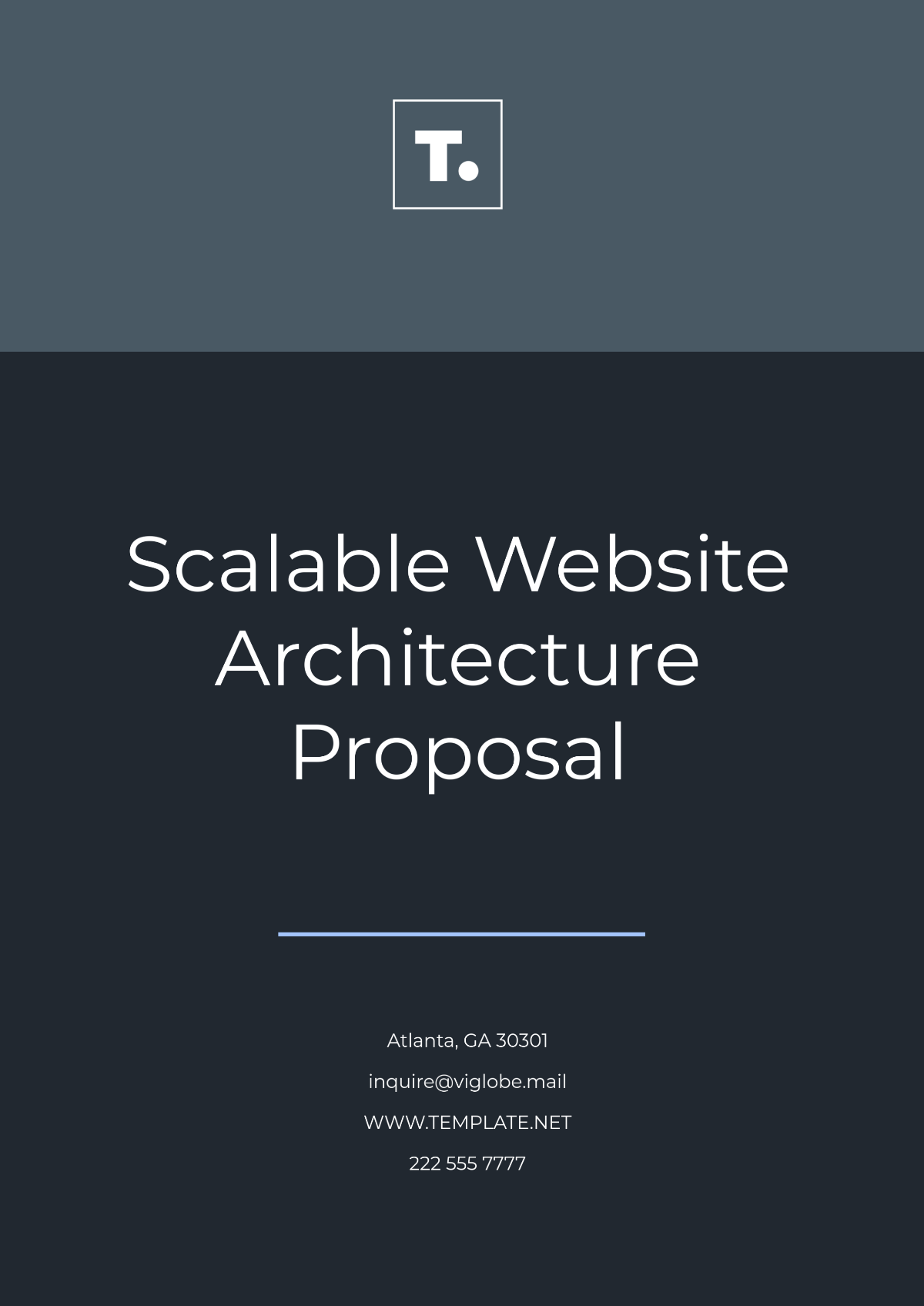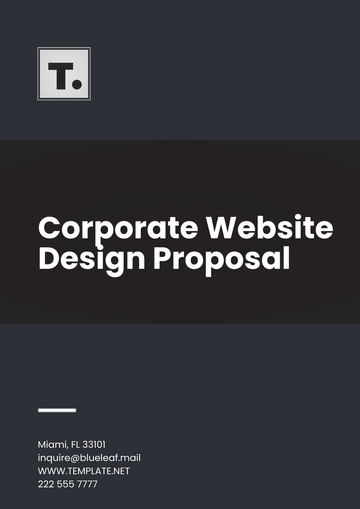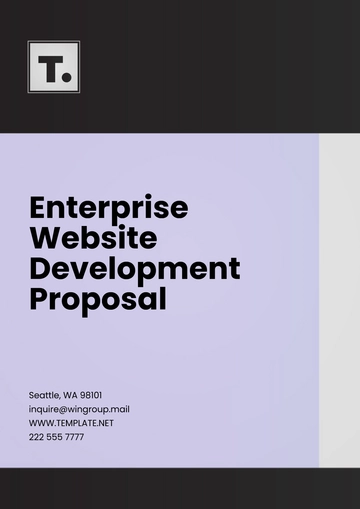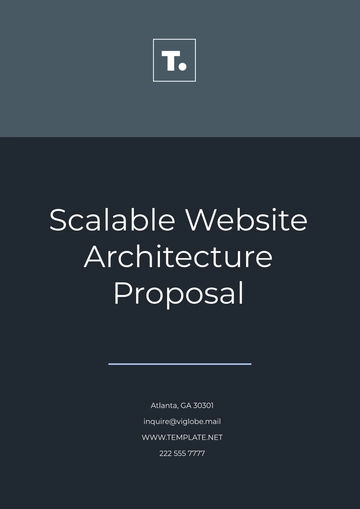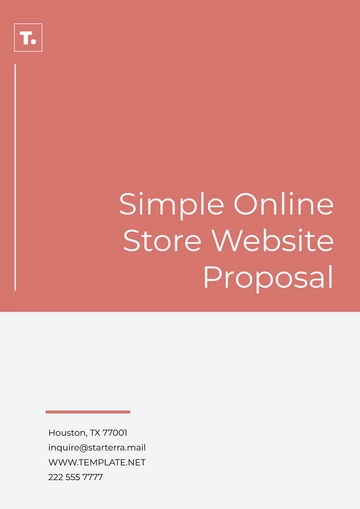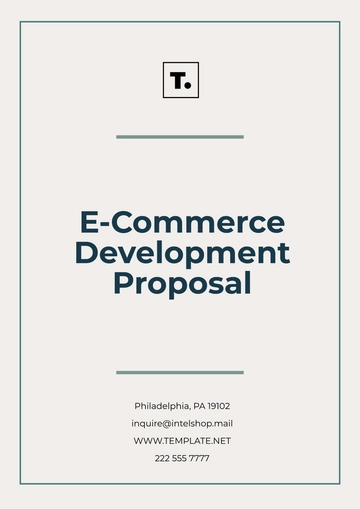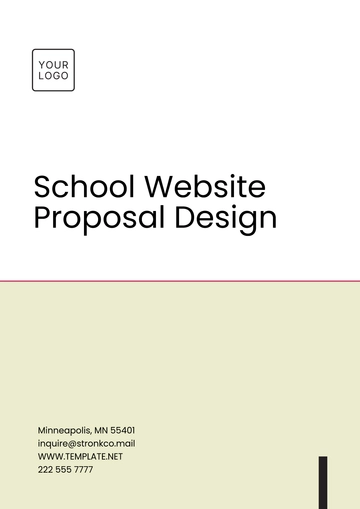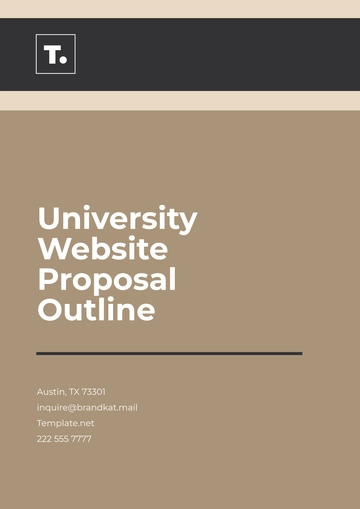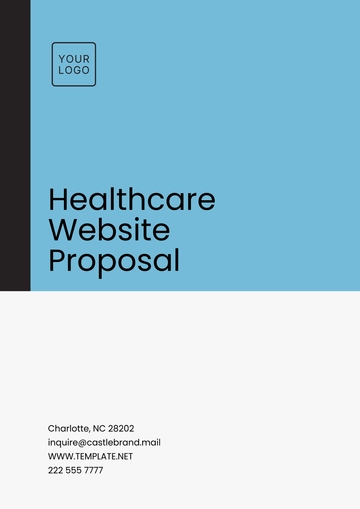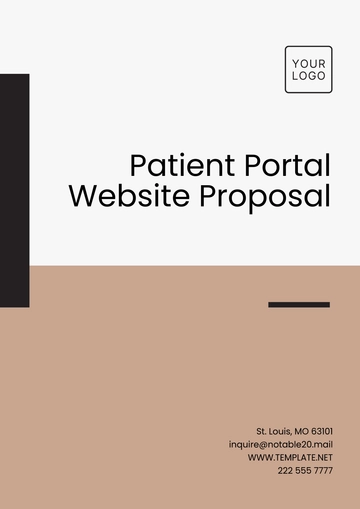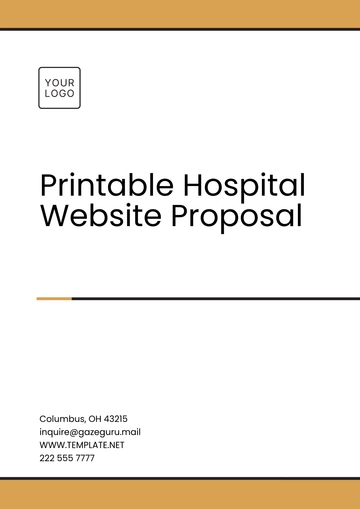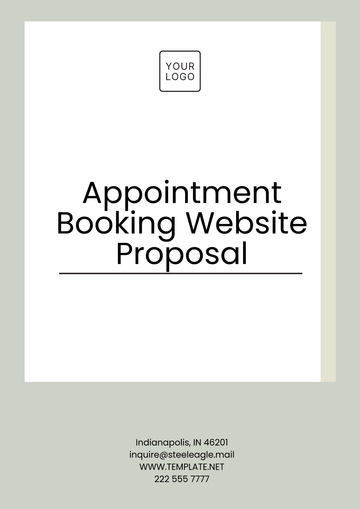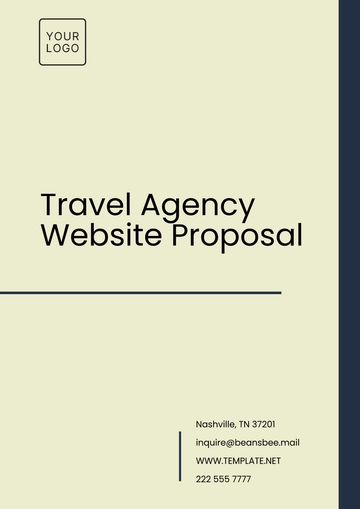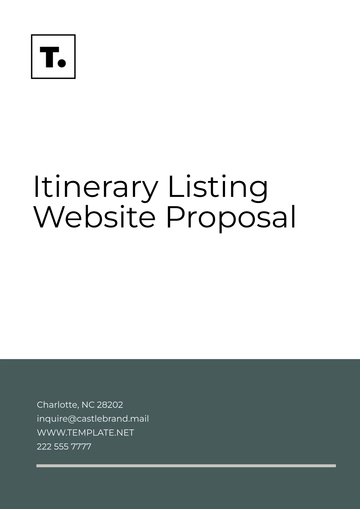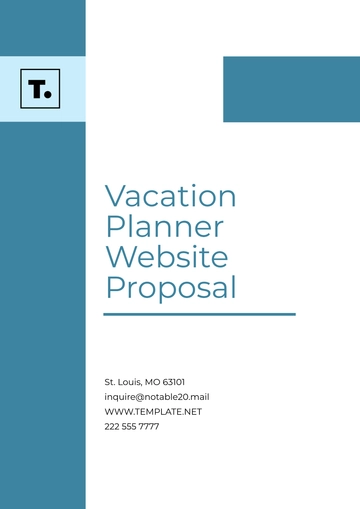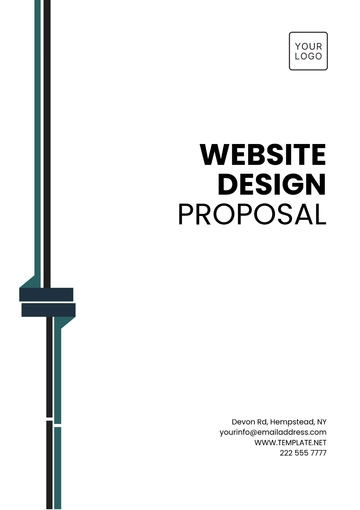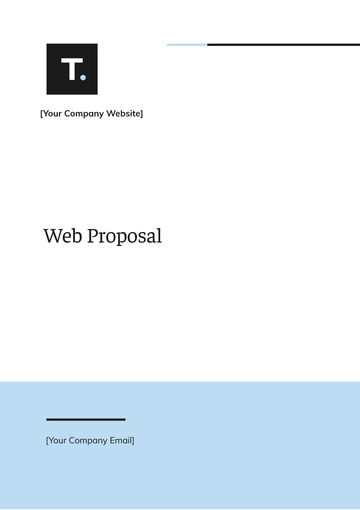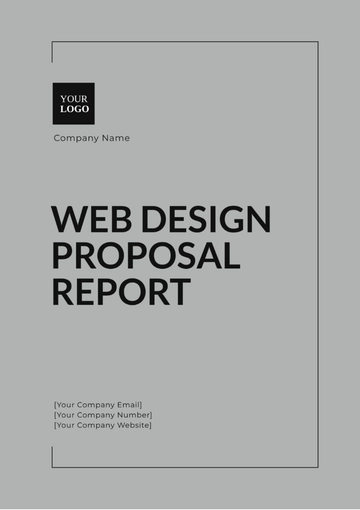Scalable Website Architecture Proposal
Prepared by: [Your Name]
Company: [Your Company Name]
Date: January 15, 2055
1. Introduction
This proposal outlines a scalable architecture for the website of Acme Technologies, aimed at supporting a rapidly growing user base and increasing traffic demands. The primary goals of the scalable solution include high availability, improved performance, seamless horizontal and vertical scaling, and fault tolerance to ensure a consistent user experience even under high load conditions.
Purpose: To outline the architecture and strategy for scaling the Acme Technologies website.
Goals: Achieve reliable performance, minimize downtime, ensure fast content delivery, and prepare for a 500% increase in traffic over the next five years.
2. Current System Assessment
The existing website architecture, launched in 2050, currently faces the following limitations:
Monolithic architecture that limits scalability.
Single-server database setup with occasional performance bottlenecks during traffic spikes.
Limited load balancing capacity leads to slow page load times during high traffic.
Poor fault tolerance during network failures.
While the system supports current traffic levels, the projected growth requires significant architectural changes to ensure scalability, reliability, and performance.
3. Scalability Requirements
The following are the key requirements for the scalable architecture:
Traffic Growth: Anticipated growth of 500% in user traffic over the next five years, with the potential for peak traffic spikes during product launches.
Uptime: Achieve 99.99% uptime with automated failover and disaster recovery.
Performance: Maintain average page load time of under 2 seconds under peak traffic.
Global Reach: Ability to serve users globally with low latency using a Content Delivery Network (CDN).
Security: Enhanced security mechanisms for large-scale user data management, including encryption and secure API access.
4. Proposed Architecture Design
The proposed scalable architecture will follow a microservices-based approach, ensuring flexibility, scalability, and high availability.
Front-End:
Back-End:
Microservices architecture powered by Kubernetes for container orchestration and Docker for containerization.
Node.js and Spring Boot for high-performance, scalable API services.
Database:
Use of a sharded MongoDB cluster for scalable NoSQL storage.
Integration of PostgreSQL for relational data needs.
Redis for caching to improve data retrieval times.
Cloud Infrastructure:
Monitoring and Alerting:
5. Scalability Strategy
To ensure the system can scale seamlessly, the following strategies will be implemented:
Vertical Scaling:
Initially, vertical scaling will be used for databases and core services, adding more resources (CPU, memory) to individual instances to handle increased loads.
Horizontal Scaling:
Horizontal scaling of application servers and databases using Kubernetes and AWS Auto Scaling will allow the system to handle increased user requests and traffic spikes.
Auto-Scaling:
AWS Auto Scaling will be implemented to dynamically add or remove instances based on traffic patterns. This will ensure optimal resource usage and cost-efficiency.
Caching:
Implement a Redis caching layer to reduce database load for frequently accessed data and improve response times.
Global Content Delivery:
Integration with Cloudflare CDN to serve content from geographically distributed servers, minimizing latency.
6. Technology Stack
Frontend: React, Vue.js
Backend: Node.js, Spring Boot
Databases: MongoDB (sharded), PostgreSQL, Redis
Cloud Platform: AWS (EC2, S3, ELB, CloudFront)
Containerization and Orchestration: Docker, Kubernetes
Monitoring: Prometheus, Grafana, PagerDuty
CI/CD: Jenkins, GitHub Actions
Security: SSL/TLS, OAuth 2.0 for secure API access
7. Security Considerations
The scalable architecture will incorporate the following security measures:
Encryption: All user data will be encrypted at rest and in transit using AES-256 encryption and SSL/TLS protocols.
Access Control: Role-based access control (RBAC) will be enforced for all users and services, using OAuth 2.0 for secure API access.
Firewall Protection: AWS Web Application Firewall (WAF) will be used to protect against common attacks such as SQL injection and cross-site scripting (XSS).
DDoS Protection: Cloudflare DDoS protection will mitigate potential denial-of-service attacks.
8. Performance Monitoring and Optimization
Continuous monitoring and optimization are crucial for maintaining performance and scalability.
Real-Time Monitoring: Using Prometheus and Grafana, we will monitor application performance, server health, and database latency.
Load Testing: Regular load testing will be performed using Apache JMeter to simulate high traffic conditions and identify potential bottlenecks.
Optimization: Implement query optimization, caching, and code-level performance improvements to ensure low latency and high throughput.
9. Implementation Plan
The implementation will proceed in three phases:
Phase 1 (Q1 2055):
Initial setup of cloud infrastructure and Kubernetes clusters, and migration of core services to microservices.
Phase 2 (Q2-Q3 2055):
Database sharding and integration of Redis caching. Development and testing of auto-scaling configurations and monitoring tools.
Phase 3 (Q4 2055):
Full transition to the scalable architecture with load balancing, CDN integration, and final performance optimizations.
10. Testing and Validation
Load Testing: Perform load tests with up to 10 million concurrent users using Apache JMeter to simulate peak traffic.
Stress Testing: Test the system’s ability to recover from failures and ensure high availability during database or server outages.
Scalability Validation: Test horizontal and vertical scaling capabilities under varying traffic loads to confirm the system meets performance targets.
11. Cost Estimation and Budget
The estimated cost for implementing the scalable architecture is as follows:
Infrastructure:
AWS services (EC2, S3, ELB, CloudFront) – $50,000/month
Development:
Development tools and licenses – $25,000
Maintenance:
Ongoing support and optimization – $15,000/month
Total Estimated Budget: $1.2 million for the first year of operation.
12. Conclusion
The proposed scalable architecture will enable Acme Technologies to handle increasing user traffic, maintain high performance, and provide a reliable user experience. By implementing a microservices-based architecture with automated scaling and caching, the system will be ready to meet future demands and scale efficiently as traffic grows.
Proposal Templates @ Template.net
